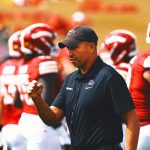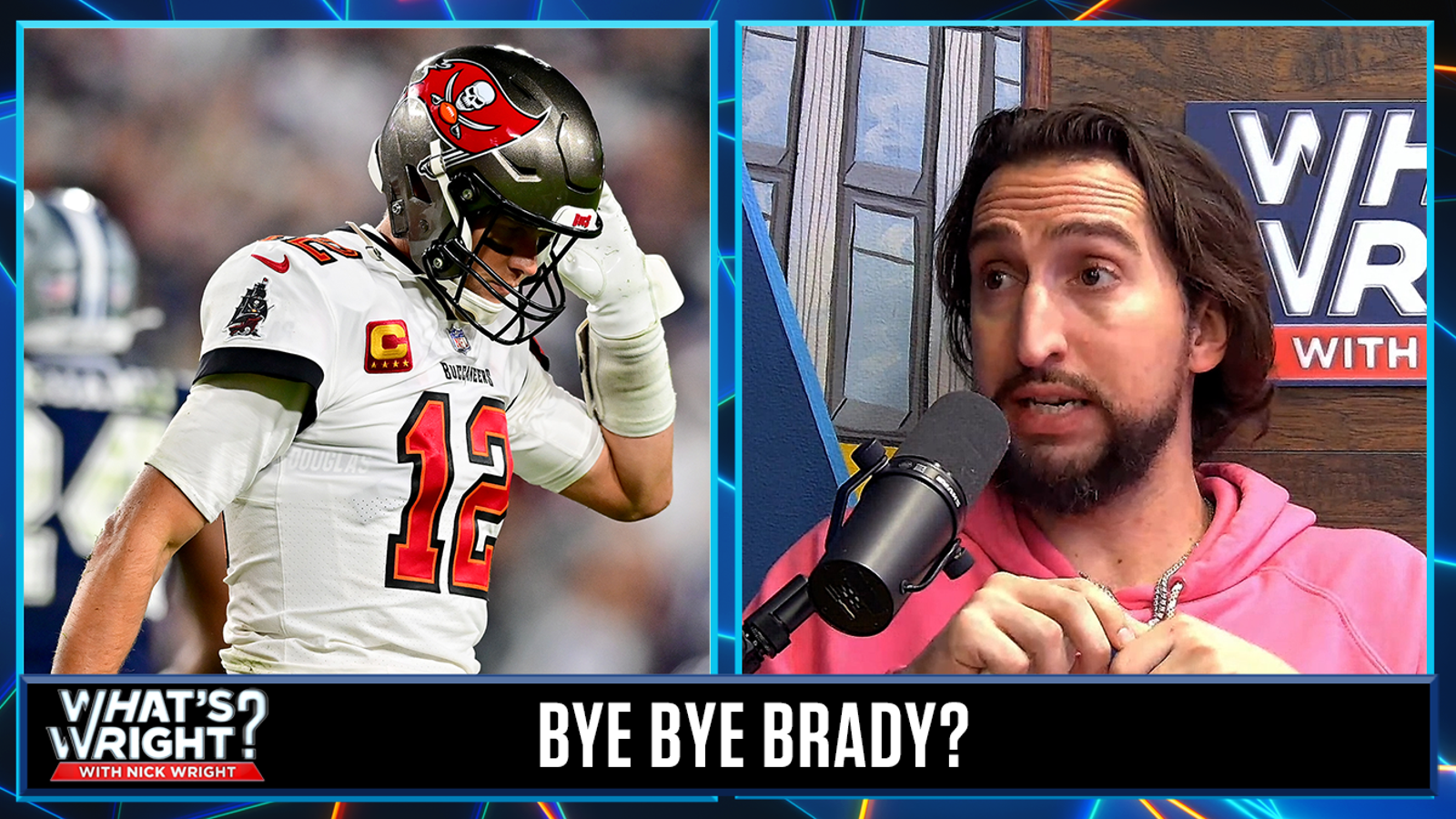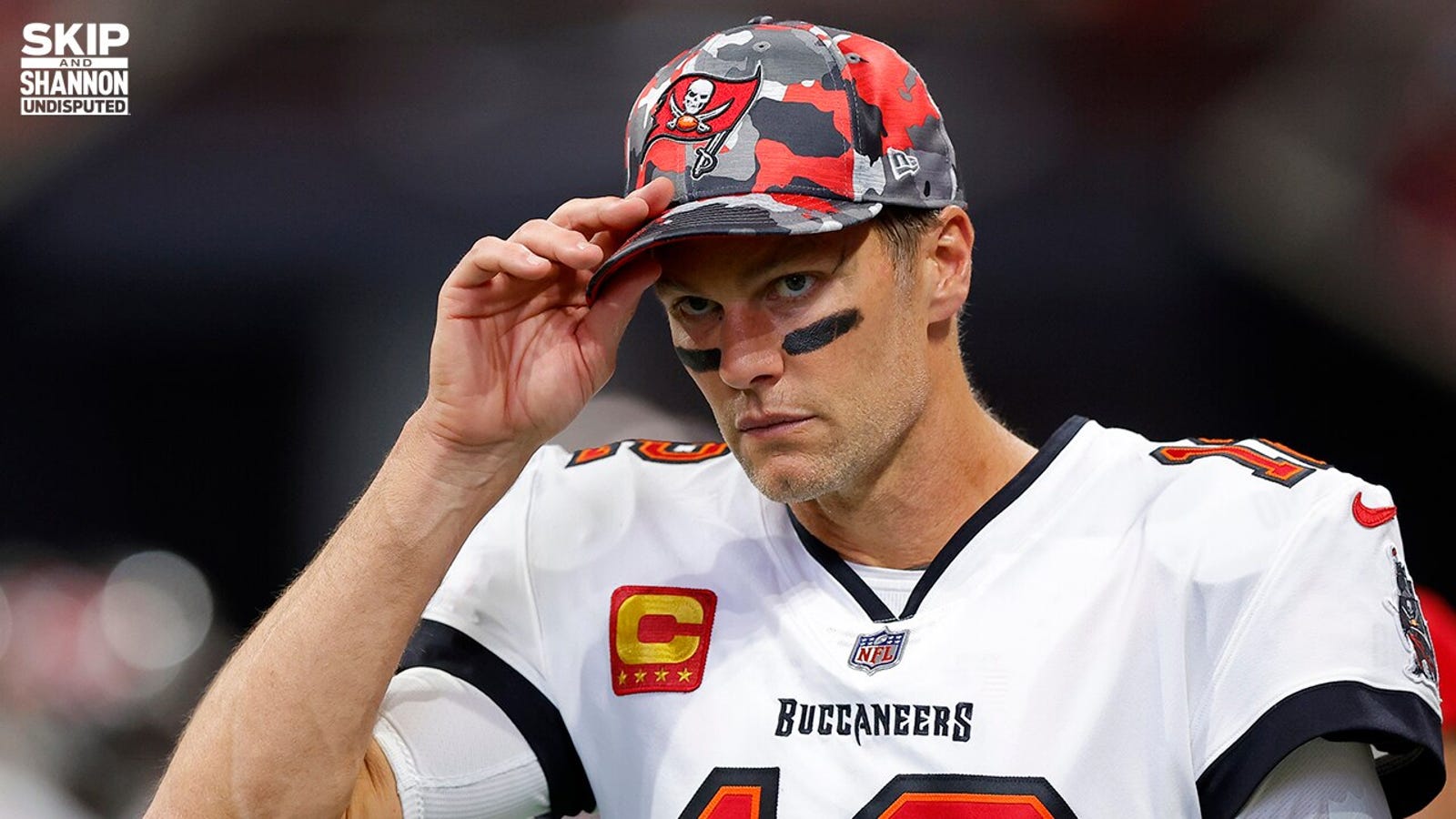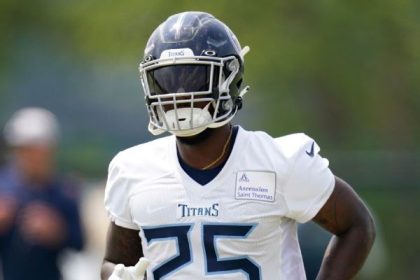Even before they start to ponder the sobering possibility of life without Tom Brady, the Buccaneers have a difficult two months ahead.
The Bucs are $55 million over the projected 2023 salary cap of $225 million, requiring a ton of maneuvering before they can re-sign their first impending free agent.
Tampa Bay has spent the past three years aggressively borrowing from the future to help finance the present, giving Brady the best supporting cast possible to maximize their window of opportunity with him around. And that gamble paid off with a Super Bowl championship in 2020, and to a lesser extent, the first back-to-back division titles in franchise history.
That bill has now come due.
ADVERTISEMENT
Forget, for a moment, about 24 unrestricted free agents. On offense, the story isn’t that bad: Brady had 17 starts, but the rest of the offensive free agents combined for 16, so it’s like losing one other starter.
On defense, it’s substantial: The free agents account for 102 starts or 54% of the total defensive starts in 2022, including eight players who made eight starts or more. We’ll save most of those for another story, as this is just about all that must happen to simply get under the salary cap when the new league year starts in March ahead of free agency.
Will Tom Brady return to the Bucs?
Nick Wright explores all the possible landing spots for Tom Brady.
There are very few simple cuts to be made, as most veteran contracts are already loaded with prorated bonuses that create “dead money” — salary-cap space devoted to players not on the team. A few years back, the Bucs were amazingly prudent about this, with less than a million in dead money under the cap. They knew exactly what they were doing in shifting to bonuses and voidable years, and it’s going to make things more difficult this year and even next.
But here’s one humble plan for getting the Bucs under the cap, knowing it will take more cap magic to create enough space to keep a few free agents and attempt to fill the voids left by inevitable departures. There’s a lot of math involved, so apologies in advance on that part of it.
Release four players outright
This is the most difficult part for a front office, moving on from players who were central parts in the success of years past. But it starts here, and we’ll suggest four cuts for cap purposes: left tackle Donovan Smith, running back Leonard Fournette, kicker Ryan Succop and tight end Cameron Brate. The cap savings add up to $19.2 million — Smith saves $9.95 million, Fournette $3.5 million, Succop $3.75 million and Brate $2 million.
Smith pushed through an elbow injury that would have sidelined a lesser player, but Pro Football Focus ranked him as the NFL’s No. 68 tackle, down substantially from 14th a year earlier. Finding a new left tackle will not be easy, and the Bucs might be tempted to move Pro Bowl right tackle Tristan Wirfs to the left side, but he has done so well on the right side it might be best to leave him there and seek a replacement in the draft.
Fournette has been the team’s leading rusher, but the Bucs were dead last in the NFL in yards per game and yards per carry, so if you’re going to do that, at least don’t overpay to do that. Brate pushed through a concussion and scary neck injury but managed only 174 yards to close out what’s been a great nine-year run with 33 touchdowns, top-five all time in Bucs history. Succop was wonderfully reliable inside the 50, but went 2-for-7 from the 50 and beyond, and today’s kickers (at least the well-paid ones) have much more functional range.
These cuts create more holes, but it’s something of a necessary evil in this offseason.
Give Mike Evans and Chris Godwin one-year extensions
Evans is entering the final year of his contract and Godwin has two years left, but they’re both model citizens and reliable talents, so if you’re going to continue to borrow from future years for cap relief, those are the guys you want to do it with.
If you give Evans $20 million for 2024, you can reduce his $15 million in compensation to a league-minimum $1,165,000 (we’ll say $1.2 million on these moving forward) and make the rest a bonus that can be prorated for cap purposes. This frees up $8.9 million in cap space, and doing the same with Godwin (say $22 million in 2025) will free up another $14.1 million.
So there’s $23 million, or just over $42 million so far.
Restructure deals for Vita Vea and Carlton Davis
Two of last year’s biggest contracts have high base salaries for 2023: Davis is due to make $14.5 million and Vea $12.5 million. A simple restructure to a minimum salary and bonus will save $10.3 million with Davis (we’re adding two void years to help that) and $8.8 million with Vea.
That’s another $19.1 million, so we’ve totaled a little over $61 million in cap savings. These moves shift cap burden to 2024, but the Bucs are in much better shape there — only $54 million committed before our moves, the 23rd-most out of 32 teams. Half the league already has $80 million or more on the books for 2024, when the cap should exceed $250 million.
Now, about Tom Brady
All those moves would leave the Bucs with about $6 million in cap space, enough to cover their draft picks but not a ton more, so they’ll have to make more moves to allow them to keep some of their best free agents.
That brings us to Brady, and a reminder that even if you believe that he isn’t playing with the Bucs in 2023, there are two very different financial impacts to him retiring or playing elsewhere. Even with him done playing, the Bucs will have $35 million in dead money from reworking his earlier deals to create cap room.
If he retires, the Bucs can process that move in such a way that about $11 million counts against 2023 and $24 million is shifted to 2024. That’s $24 million in new spending money for keeping free agents and adding a few modest newcomers.
But if Brady signs with another team, the entire $35 million counts against the 2023 cap, and there’s nothing the Bucs can do to change that. It would severely restrict their ability to bring back their best free agents.
Bucs, Raiders, Titans, 49ers among teams interested?
If Tom Brady leaves Tampa Bay, reports have tied him to the Raiders, Titans and 49ers as he becomes a free agent. Skip Bayless and Shannon Sharpe speculate on what’s next for Brady.
Without getting into the weeds of explaining voidable years, we’ll simply say the Bucs have another $18 million in dead money coming from non-Brady free agents if they don’t re-sign them before the new league year starts in March. Sign a new deal, and some of the cap burden of voided years stays in future seasons, so you have an incentive to re-up to avoid taking a bigger hit.
Take linebacker Lavonte David, who turned 33 this week and is the Bucs’ most tenured player at 11 seasons, nine of them as a captain. Linebacker isn’t an old man’s position, and he’s coming off a deal that paid him $12.5 million a year. If he doesn’t re-sign, he’ll count $6.9 million in dead money in 2023, but if they can re-sign him, it’s just $2.3 million in dead money in 2023 and $4.6 million in 2024, a short-term cap savings of $4.6 million.
So, let’s say you offer David one year and $8 million — a drop-off, to be sure — and you make most of it a bonus with a void year, then he ends up having the same 2023 cap number as if he weren’t playing, and you’re just setting up $8 million in dead money for 2024. It’s kicking the can down the road.
We’ll suggest doing the same with defensive lineman Will Gholston. If he isn’t back, he counts $2.4 million in dead money against the cap. But if he’ll take $3 million for one year, his cap number is only $3.6 million this year, only an extra $1.2 million. He wants to stay in Tampa, and it’s a pay cut, but one that lets him have another year with the only team he’s ever played for.
If Brady retires, with all these moves the Bucs would have $30 million or so in cap space, enough to keep one of the corners, perhaps outside linebacker Anthony Nelson and a safety and a bunch of veterans at close to league-minimum deals. Those deals are harder to pull off without the allure of chasing a championship with Brady, but the Bucs will find a few.
Seeing 24 unrestricted free agents is daunting, but 10 (nearly half of them) started one game or none in 2022, so their departures can be offset with draft picks and depth signings.
And if Brady somehow wants to come back to Tampa, paying for him would complicate all of these financial decisions. But that’s something the Bucs would gladly work to figure out.
Greg Auman is FOX Sports’ NFC South reporter, covering the Buccaneers, Falcons, Panthers and Saints. He is in his 10th season covering the Bucs and the NFL full-time, having spent time at the Tampa Bay Times and The Athletic. You can follow him on Twitter at @gregauman.
Top stories from FOX Sports:
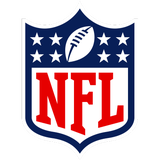
Get more from National Football League Follow your favorites to get information about games, news and more

